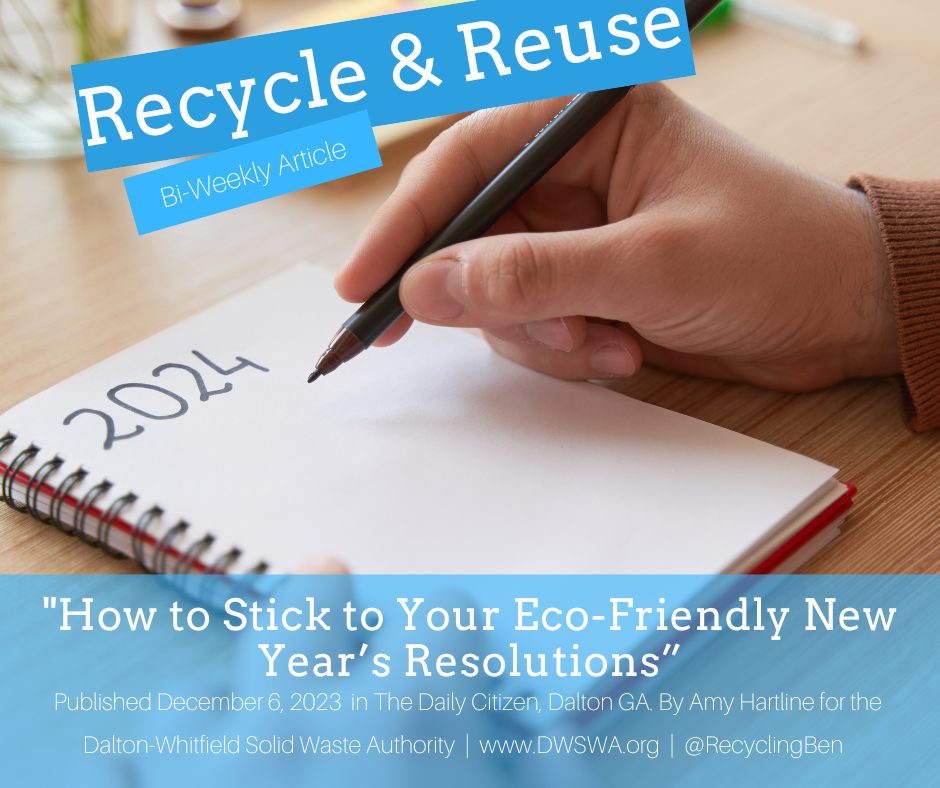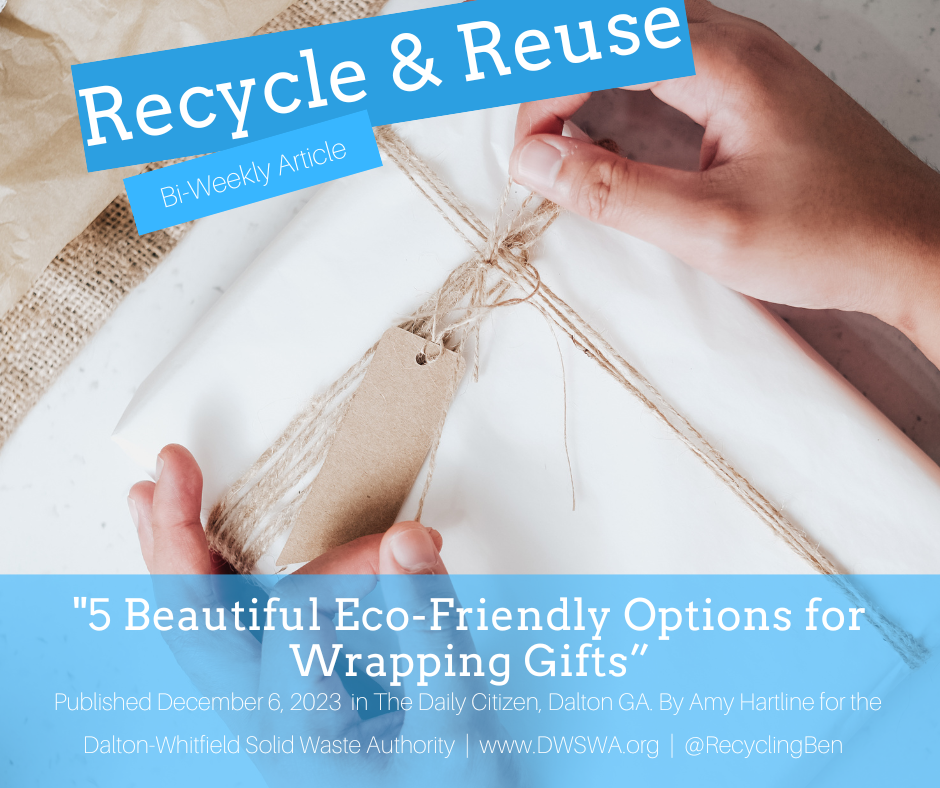Recycle. It's the American Way
/In honor of our nation’s Independence Day, let’s take a tour down memory lane and how our knowledge of recycling came to be. “Going green” may first lead you to thoughts of bell bottoms and peace signs, but recycling has been in our past since the colonial period, just under different terminology.
It didn’t look like our little blue bins on the sidewalk or the Materials Recovery Facility (MRF) with bales of materials going in and out in the beginning. At first, recycling was door-to-door collection. It began in America with the pewtersmiths.
To understand the need for recycling pewter, it requires us to delve into the material’s construction and the need for it in the colonies. Pewter is made from tin and lead. While lead was abundant in America, there was no tin ore to be extracted and the English monarchy forbade the exportation of tin ore. This allowed only finished goods to be sold in the New World and let the English guilds control the market. Working in the beginnings of a country of industry and independence, pewtersmiths in America began traveling door-to-door to collect damaged or worn pewter pieces that they would then melt down to recycle into something new.
After our independence was won and America began booming, it started to have more material needs and more waste. In 1895, a Civil War veteran, Col. George Waring, became the head of New York City’s Department of Street Cleaning. He had the first known instance of large-scale separation of waste, including ash, organic waste and paper and rags for recycling.
Two years later the first MRF is created in New York as a dedicated location for separating materials for recycling as a way to help streamline this process. Today, our own curbside collection system resembles this with Dalton’s curbside being picked up and sorted directly from your driveway and then taken by the curbside drivers to the MRF where items are sorted along with other recyclables, baled, and sent to be created into new items.
The Great Depression led to a new time of reusing and recycling, not out of the need to dispose unwanted items, but because of the need for affordable and long-lasting materials as a matter of survival. Out of necessity, people developed unique ways to have multi-use items such as flour sacks as fabric for clothing or cutting worn-out tires and turning them into shoe bottoms.
After World War II, the economy soared and so did waste. Recycling began to become important not only for the value of material but to deal with larger and larger amounts of waste generated by Americans. A couple of decades later in the 1960s and 1970s, the creation of collection programs began to make recycling easier for all residents. The '90s saw more than 10,000 communities that had some sort of public recycling collection program and the release of Windows 95, featuring the recycle bin icon on its desktop for the first time.
In 1998, America’s recycling rate topped 30 percent for the first time, but today, 20 years later, we are stuck at a 34 percent recycling rate. Today, Americans generate 4.4 pounds of waste per person every single day. Of that, only 1.51 pounds gets recycled or composted. That means that 2.89 pounds per person per day gets landfilled, incinerated or littered in America.
The Recycling Economic Information Study has found that recycling and reusing activities in the United States accounted for 757,000 jobs, $36.6 billion in wages and $6.7 billion in tax revenues. Through the use of curbside recycling and our four convenience centers throughout the county we can raise all of these numbers in the coming years.
It is important for us to handle waste correctly now, both for the value of the material and to manage our ever-growing, consumer culture trash pile. And remember that while the paperboard and cardboard casings for fireworks are not recyclable, your bottles and cans could be back on the shelf as recycled material in as little as 60 days.
































